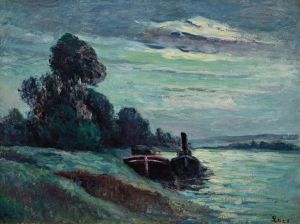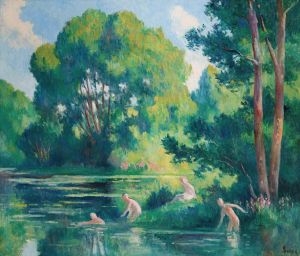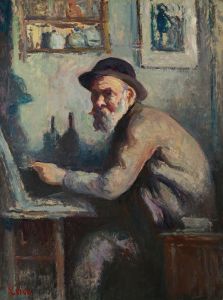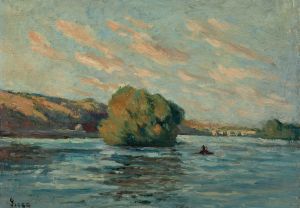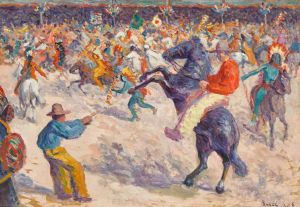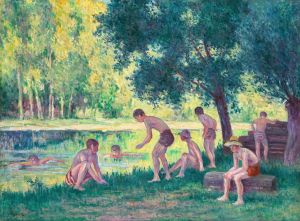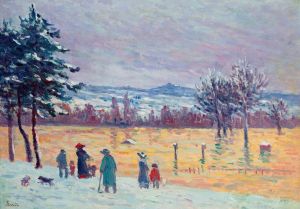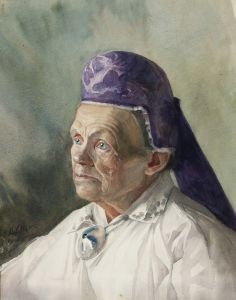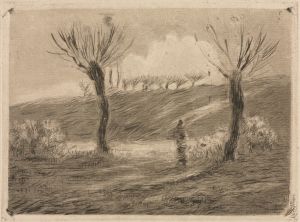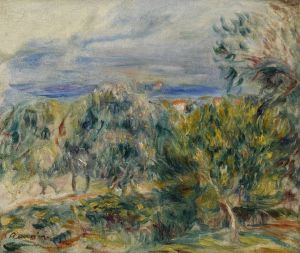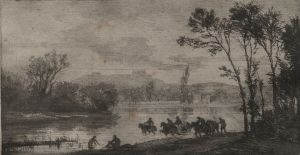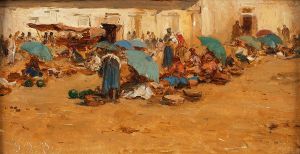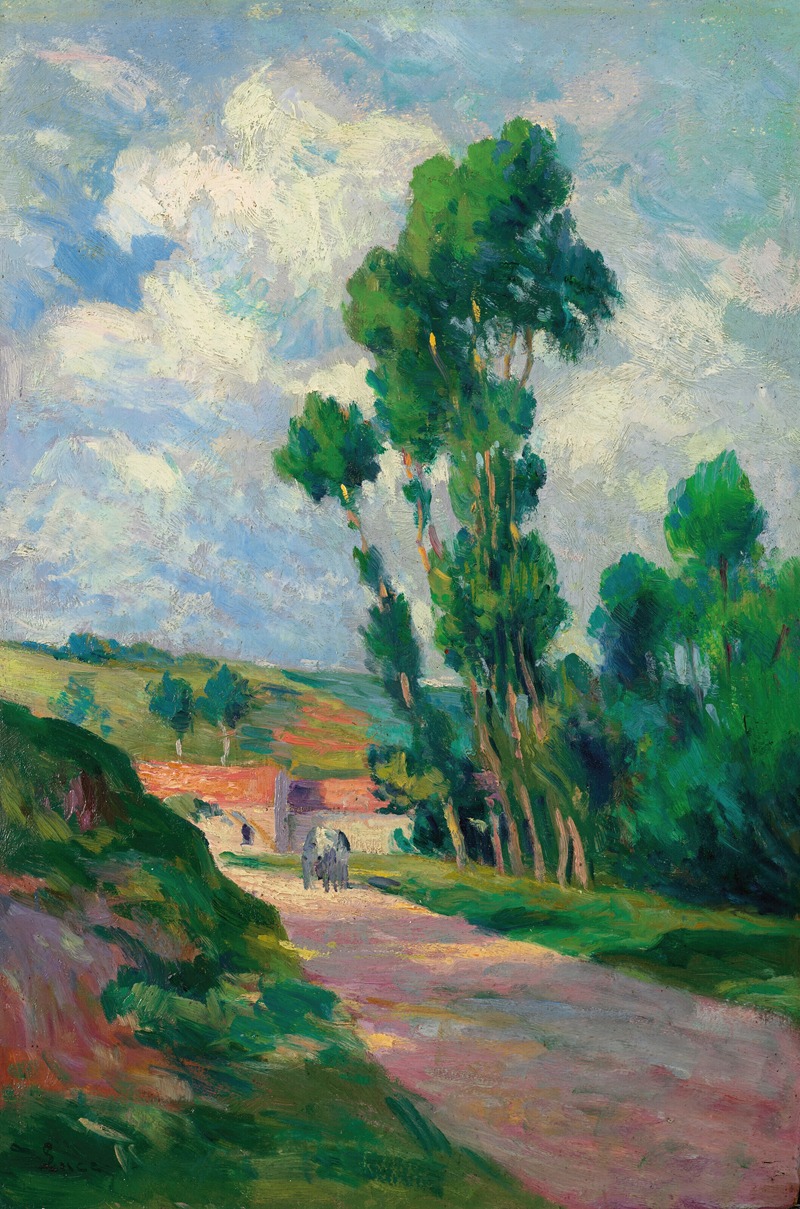
Paysage à Moulineux
A hand-painted replica of Maximilien Luce’s masterpiece Paysage à Moulineux, meticulously crafted by professional artists to capture the true essence of the original. Each piece is created with museum-quality canvas and rare mineral pigments, carefully painted by experienced artists with delicate brushstrokes and rich, layered colors to perfectly recreate the texture of the original artwork. Unlike machine-printed reproductions, this hand-painted version brings the painting to life, infused with the artist’s emotions and skill in every stroke. Whether for personal collection or home decoration, it instantly elevates the artistic atmosphere of any space.
Maximilien Luce's Paysage à Moulineux is a painting created by the French Neo-Impressionist artist Maximilien Luce. Known for his contributions to the Pointillist movement, Luce was a prominent figure in late 19th and early 20th-century art, often focusing on landscapes, urban scenes, and depictions of working-class life. This particular work, Paysage à Moulineux, exemplifies his mastery of light, color, and atmosphere, hallmarks of the Neo-Impressionist style.
The painting depicts a serene landscape in Moulineux, a location in France. Luce's use of small, distinct brushstrokes and a vibrant palette reflects the influence of Georges Seurat and Paul Signac, pioneers of Pointillism. By applying this technique, Luce sought to capture the interplay of light and color in nature, creating a harmonious and luminous composition. The work demonstrates his ability to balance scientific precision with emotional resonance, a characteristic that distinguished his approach within the Neo-Impressionist movement.
Luce was deeply influenced by his surroundings, and his landscapes often convey a sense of tranquility and connection to nature. Paysage à Moulineux is no exception, offering viewers a glimpse into the rural beauty of the French countryside. The painting is notable for its meticulous attention to detail and the way it captures the essence of the scene through the careful placement of color dots and dashes.
Maximilien Luce was not only an artist but also an anarchist and social activist. His political beliefs occasionally influenced his choice of subject matter, though Paysage à Moulineux appears to focus purely on the aesthetic and natural aspects of the landscape. This work is representative of Luce's broader oeuvre, which often oscillated between idyllic rural scenes and the industrialized urban environments of France.
The exact date of creation for Paysage à Moulineux is not definitively documented, but it aligns stylistically with Luce's mature period, during which he fully embraced Neo-Impressionism. The painting has been exhibited in various galleries and collections, reflecting its significance within Luce's body of work and the broader context of late 19th-century French art.
As with many of Luce's works, Paysage à Moulineux continues to be appreciated for its technical brilliance and its ability to evoke the beauty of the natural world. It stands as a testament to Luce's skill as a painter and his dedication to the principles of Neo-Impressionism.





